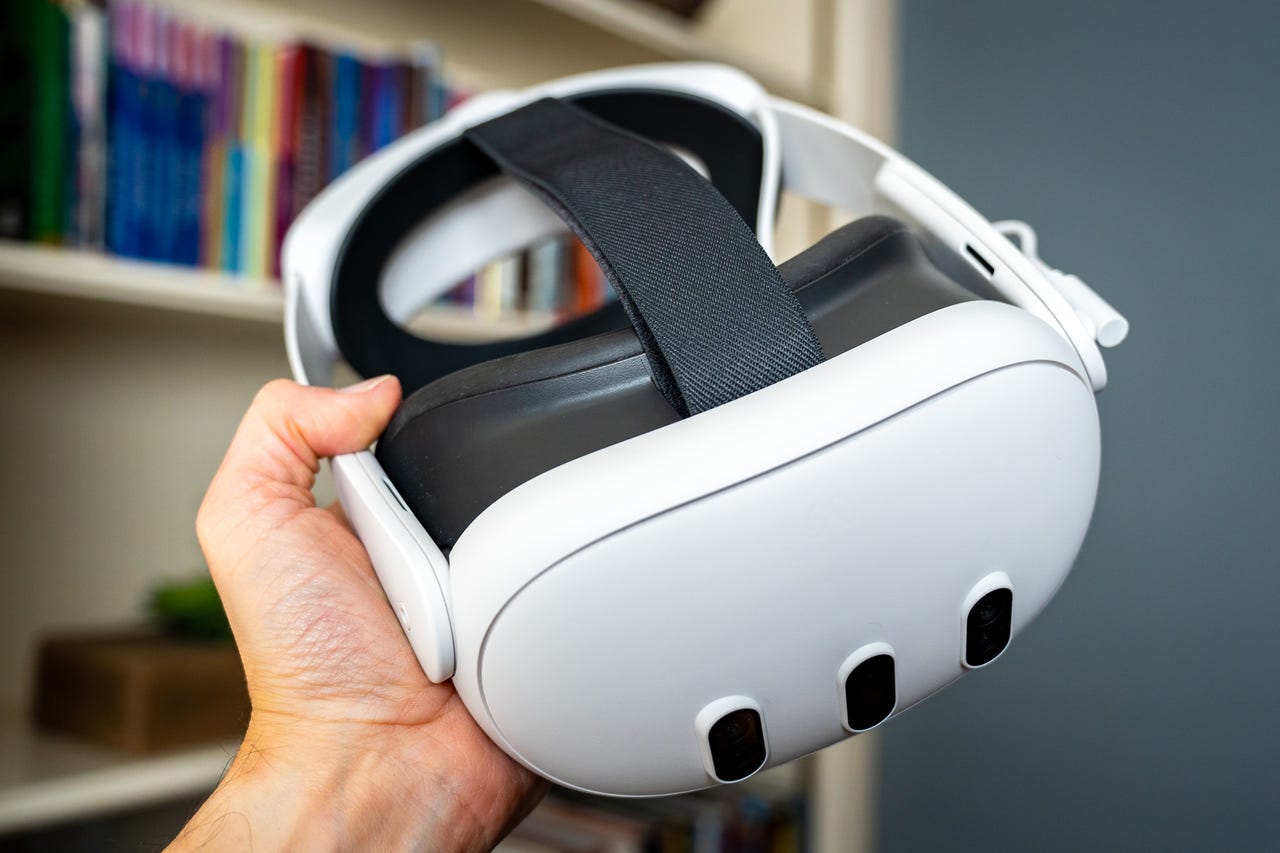Meta removed a popular Quest headset feature - but there's a workaround

Meta has quietly taken away a popular feature of its Quest headsets, and while there is a way to replicate it, it's not as easy.
Since its inception, the Quest headset has included a "Stream to Chromecast" option that lets users cast what was shown on the VR screen to a larger television via a connected dongle. It was a great way to show off the headset to family and friends, and especially fun for people who were new to the technology.
Also: ZDNET's product of the year: Meta Quest 3 is the quiet shocker of 2023
But an update removed that option for many users.
While Meta hasn't announced anything officially, users are reporting that the only options they have now are to cast to a phone or a computer screen. And for anyone wondering if this is just a technical glitch, instructions on the "Cast to a screen" page include a note that "Chromecast is not fully supported with Meta Quest."
Further proof that this was intentional is that, less than a week ago, the official Meta Quest YouTube account posted a video entitled "Cast to a Screen." It has detailed instructions for using a phone and for a browser, but makes no mention of a television or Chromecast.
There are a few things worth noting though. For one, the stream to Chromecast option was notoriously unreliable, which could be the main reason Meta pulled it. And two, it's still possible to cast to a television by first sending the feed to your phone and then mirroring that to a television or by casting to a computer and connecting that via HDMI to a TV. But the former option introduces a bit more of a delay, and the second is pretty cumbersome for most people.
Also: I replaced my boring workouts with Meta Quest's Supernatural app, and can't imagine going back
It's possible that Meta is moving away from this "main" method of casting to open it to a wider audience. It's rare to even see a dumb TV for sale these days, so external devices like the Chromecast and Fire Stick aren't as popular as they used to be. But, even on TVs without a Chromecast, the workaround was still an option.
It's possible too that Meta simply prefers people to stream using its own app instead of relying on another piece of technology to complicate things.
